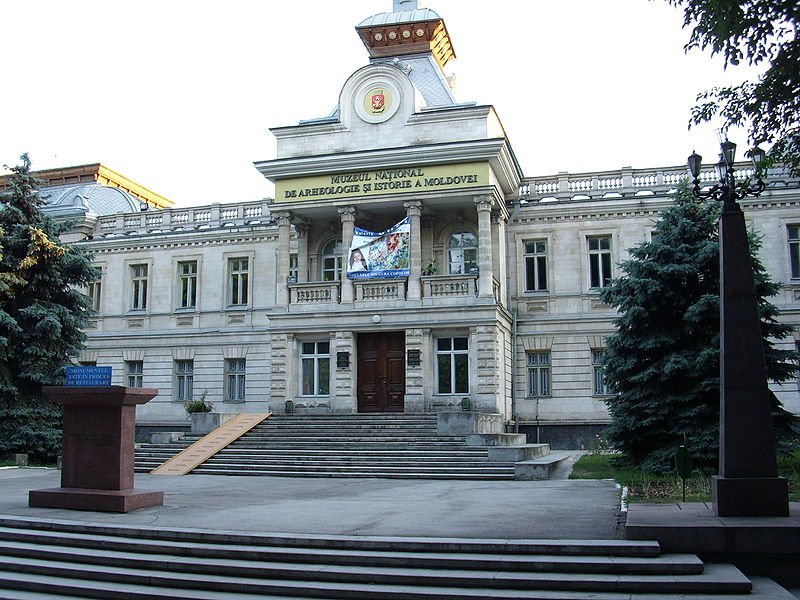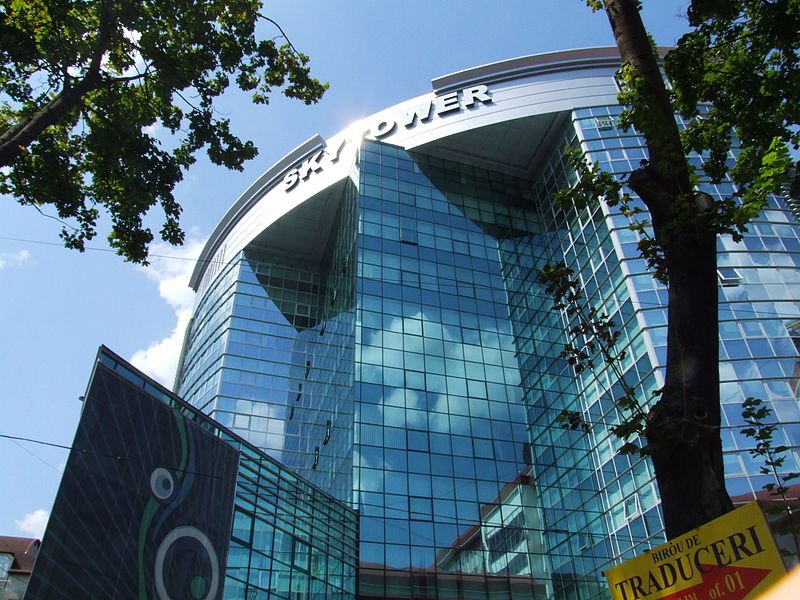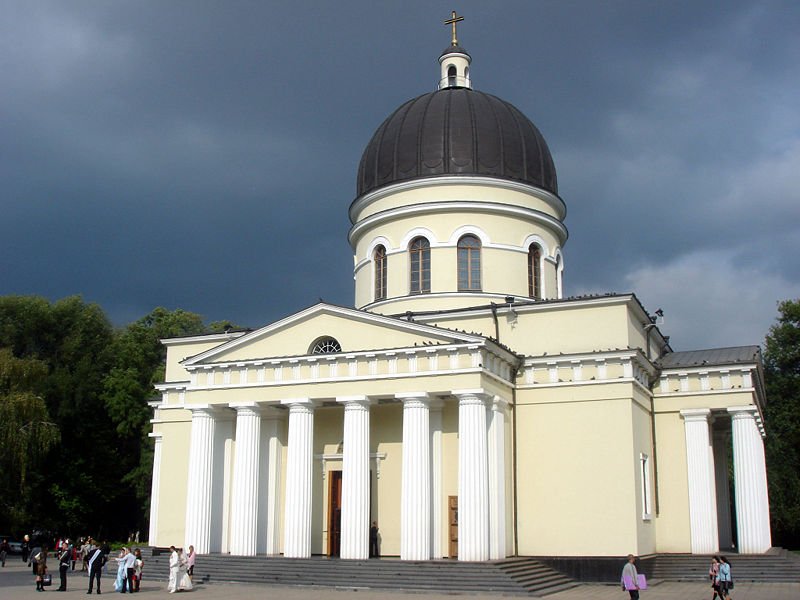 Landscape of Raionul Orhei, Moldova
Landscape of Raionul Orhei, MoldovaSource: https://commons.wikimedia.org/wiki/File:Landscape_in_raionul_Orhei.jpg
Author: Zserghei

Moldova is a small country in Eastern Europe. Measuring 33,846 sq km (13,067 sq mi), it has a population of 3.5 million people (2011 estimate). The capital and largest city is Chişinău.
Moldova is sandwiched between Ukraine, which surrounds it on the north, east and south, and Romania, on the west. Further sandwiched between Moldova and Ukraine, on the east side of the Dniester river is the breakaway territory of Transnistria, which is not recognized by any countries of the United Nations.
 National Museum of Archaeology and History in Chişinău, Moldova
National Museum of Archaeology and History in Chişinău, MoldovaSource: https://commons.wikimedia.org/wiki/File:Chisinau_Museum_of_Archeology_and_the_History.jpg
Author: Mirek237

Moldova is today a parliamentary republic and democracy with a president and a prime minister. The official language is Moldovan, which is the same as Romanian. Russian is also recognized as a language of inter-ethnic communication. 71.5% of the population regard themselves as ethnic Moldovian.
The official currency of Moldova is the Moldovan leu (MDL). The country is in the Eastern European Time Zone, which is two hours ahead of Coordinated Universal Time (UTC+2) and three hours in summer. Traffic is driven on the right here. The electricity is 230V/50Hz. The phone IDD code is +373.
Moldova in 2009 had an estimated nominal GDP of $5.403 billion, equivalent to a per capita nominal GDP of $1,514. Its per capita GDP at purchasing power parity stood at $2,842.
 Sky Tower in Chişinău, Moldova
Sky Tower in Chişinău, MoldovaSource: https://commons.wikimedia.org/wiki/File:Sky_tower_in_chisinau.JPG
Author: Bagriton

The history of Moldova goes back to the Principality of Moldavia which was established in 1359. It covers a much larger area than present-day Moldova, including also the eastern eight counties of Romania's 41 counties, and the Chernivtsi oblast and Budjak revion of Ukraine.
In 1538 Moldova became a tributary to the Ottoman Empire, but retained its internal and external autonomy. Then in 1812, the Ottoman Empire ceded the eastern half of Moldova to the Russian Empire, despite the protest of Moldavian nobles. That eastern half, called Bessarabia, was gradually assimilated into Russia, with systematic dismantling of the Romanian language in official and religious use. The Russian authorities also encouraged immigration of settlers to the area, decreasing the ethnic Moldovan population from 86% in 1816 to just 52% in 1905.
 Orthodox Cathedral of Nativity in Chişinău, Moldova
Orthodox Cathedral of Nativity in Chişinău, MoldovaSource: https://commons.wikimedia.org/wiki/File:Kiszyniow_01548.jpg
Author: Tomasz Melerski

Following the Russian Revolution of 1917, Bessarabia proclaimed its independence from Russia. It then voted to merge with Romania, a union that is not recognized by major powers such as the United States and the newly formed communist Russia. The Moldavian Autonomous Soviet Socialist Republic was established in 1924. In 1944, following the arrival of the Soviet Army to oust the Germans that had occupied Moldavia, it was reestablished as the Moldavian Soviet Socialist Republic.
After the Second World War, the Moldavians suffered through the Stalinist period, with thousands being persecuted and sent to the gulag in Sibera, as well as some 8,000 cases of people being executed.
In 1989, leading up to the collapse of the Soviet Union, a nationalist group called the Popular Front of Moldova staged mass demonstrations to press for recognition of the Moldovan language in the Latin script. The following year saw the first democratic election in Moldova. On 27 August, 1991, Moldova declared its independence.
Moldova today is a member of the United Nations, the Council of Europe and WTO. It is working towards full membership of the European Union.
Planning your visit to Moldova
Visitors from the European union, CIS countries, Canada, Norway, Switzerland, Japan and the United States do not need a visa for staying in Moldova up to 90 days.The cheapest way to visit Moldova is to take the train. A ticket from Bucharest costs US$40. Flights on the other hand are relatively high-priced.
Major Cities in Moldova
- Chişinău - capital
World Heritage Sites in Moldova
- The Cultural Landscape Orheiul Vechi (2007)
 Latest updates on Penang Travel Tips
Latest updates on Penang Travel Tips

Copyright © 2003-2025 Timothy Tye. All Rights Reserved.

 Go Back
Go Back